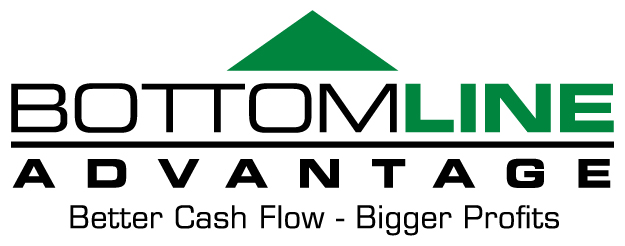- October 15, 2017
- Posted by: admin
- Category: Cost Reduction, Profit Leakage, Profit Recapture
Profit Siphons Are Stealing At Least
$227,325
From Your Operating Budget
19 Reasons They’re Getting Away With It
And How To Get It Back
Over the next few weeks, I’ll be sharing the 19 reasons Profit Siphons are getting away with stealing your hard earned profit spread over several blog posts. If you’d like a copy of the Special Report with all 19 reasons, send an email to help@bottomlineadv.com.
Introduction
Profit Siphons are devious, invisible “parasites.”
They form in the gap between information available to you as a customer and the vendors’ “industry’s insider” secrets (i.e. cost of goods, manufacturer rebates and bonuses as well as vendor support options and their respective cost of goods).
And this is why they’re invisible. You don’t have the information needed to know what’s possible so all you can do is choose from what vendors offer.
Sometimes the complexity of an expense category is the challenge. Information may be available but the process of optimizing the value you receive from your vendor is complicated.
An intimate knowledge of the vendor side of the industry as well as daily involvement in the industry is required here.
Profit Siphons remain hidden in your operating budget while relentlessly attacking your profits to the tune of hundreds of thousands of profit dollars.
This is a summary list of the Profit Siphons stealthily at work in your operating budget.
Just click on the Profit Siphon that you’re interested in learning more about and you’ll be taken directly to the detailed section of this report that covers it.
At the end of this report, I’ve included options to rid yourself of these insidious and costly pests.
Here’s the first reason…
Your Company Has Been Growing Rapidly
From our experience working with companies that are growing rapidly, their main focus is on expanding their customer base while enhancing their core competency product or service.
Operating budgets are being squeezed by demands in all areas of their business. Capital is leveraged as efficiently as possible to accomplish the goal of adding customers while simultaneously building the necessary infrastructure to support growth.
Typically, there are few or no resources available to manage infrastructure and attention is focused on “holding everything together” while hitting revenue and customer acquisition targets.
The thought is, “Someday we’ll have time to go back and analyze what’s been set up to get us to this point.”
Some companies do get around to reviewing their infrastructure or indirect costs once they’re able to adjust to their growth. Many, however, never do.
“If it ain’t broke, don’t fix it,” is the mantra as resources continue to be focused on customer acquisition or even company acquisition.
The infrastructure that’s been built serves its function, yet rarely is it as cost effective as it can be. To accomplish those metrics, careful analysis by experienced spend/expense category experts is needed to spot and repair operating inefficiencies.
As we go down the list, we’ll be reviewing 18 additional indicators that your organization has from tens to hundreds of thousands (and often more) of lost profit recapture potential.


